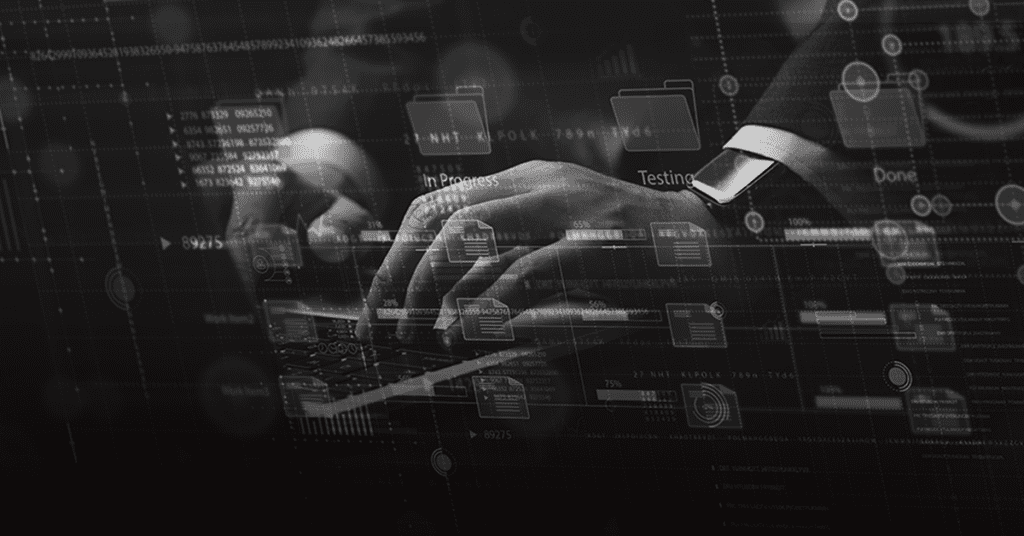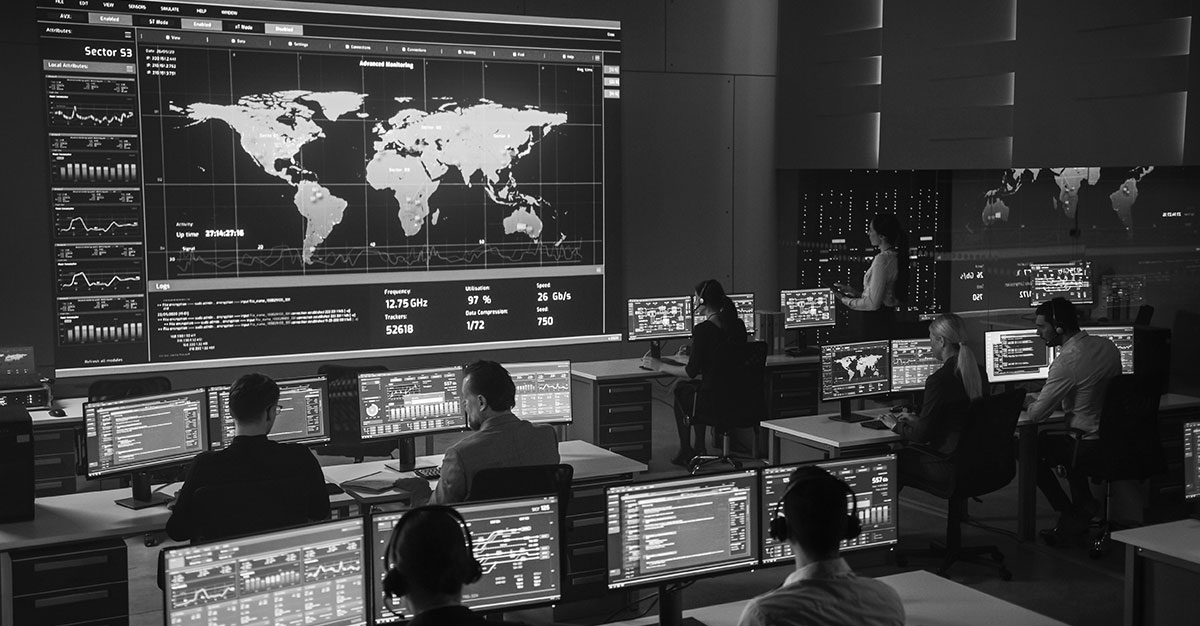What is SOC in Cyber security?
A Security Operations Centre (SOC) in cyber security is a function which combines people, processes and technology for the monitoring and analyzing of an organization’s security posture. Rather than only employing preventative security, a SOC allows organizations to identify an attacker who may have made it past initial defenses and mitigate damage before it spirals out of control. The cyber defense team running a SOC comprises several individuals with varying skills and responsibilities, aiming to effectively prevent, analyze, detect, and respond to cybersecurity incidents and threats in real time and take immense pressure off the organization’s security team. Typically, a SOC cyber security operates on a 24/7/365 basis, facilitating an around-the-clock security culture and ensuring that the organization is never caught off guard – even over holidays, which traditionally being one of the highest pick periods.
How does it work or else what is the SOC meaning in Cybersecurity?
The SOC team’s primary focus is on the ongoing, operational component of enterprise information security, performing core activities such as collection, detection, triage, investigation and incident response. The collection reflects the integration and visibility effectiveness of the SOC operations, involving specialized technology components that directly integrate with the organization’s infrastructure to collect in real time security meaningful data in the form of events, logs, probes, telemetry, data about the client posture beyond the perimeter and so on. The collected data enable the analytics content and algorithms in the form of use cases, correlation rules, machine learning algorithms, and statistical analysis techniques on SIEM, XDR and other specialized analytics engines to perform real-time threat detection. Whereas centrally managed monitoring tools help the SOC teams focus on generated alerts or performing threat hunting queries and prioritize them to further triage and investigation activities. A modern SOC should be able to perform its functions across the domains of Endpoint, User, Infrastructure IT, OT, Cloud, Maritime, and Brand. This is called the Digital Universe approach to protect an organization’s security posture.
For the SOC in cyber security to run smoothly, there are several roles, although, in some smaller organizations, several will be occupied by the same individual. These include:
- Manager: This person acts as the leader of the group and will be able to step into any role while overseeing all procedures/systems.
- Analyst: A tier 1 level of analysts proactively searches data through analytics engines like SIEM and XDR via threat hunting and monitoring dashboards to find malicious activity. Alerts are shortlisted for triage to be performed by the tier 2 analysts.
- Incident handler: Investigate complex alerts assigned through the triage queue of tier 1 and tier 2 analysts seeking to validate the true punitiveness of an attack and shape the kill chain of the identified tactics and techniques of the attacker. At a verified breach, they are called to search for the root cause and provide improvements in the aftermath to an organization’s security posture. Makes use of the concepts such as the MITRE ATT&CK Framework and additional security analysis tools.
- Threat Intelligence specialist: Is part of the cyber defense team who collects intelligence about new attack adversaries, IOCs and guide focused threat hunting to organizations’ security posture of activity and logs, or help prioritize the development of new use cases, correlation rules and detection algorithms to the analytics engines.
- Responder: performs immediate threat containment in response to a security breach – helps the organization to threat remediation and recovery depending on the impact of the incident – is familiar with requirements and indispensable during a crisis
Best practices when running a SOC in cyber security
Running a SOC is no easy feat, as teams must constantly be on top of existing threats while identifying and learning about emerging dangers in the expanding threat landscape. It is equally essential for them to meet their company and customers’ needs and adjust the risk tolerance level accordingly.
To keep up with existing and emerging threats, the SOC must know the latest threat intelligence trends and leverage this information to boost internal defence mechanisms and overall protection.
To run a successful SOC, it is vital to constantly incorporate threat intelligence into monitoring tools to be up to date with the evolving threat landscape. In addition, there must be some process to distinguish real threats from non-threats, to not exhaust the team with false alerts.
Most importantly, SOC processes are automated to streamline, boost productivity, and increase effectiveness, but with the human element to have a pivotal role in this to be a success. This strengthens analytics powers and allows for constant monitoring.
The benefits of a SOC to a business
Implementing a SOC in cyber security helps organizations stay on top of all existing known and unknown threats within their environment. With on-call staff to deal with security incidents, they can focus more on their roles without worrying about a cyber-attack, knowing that there is continuous protection. Especially as the cyber attacks is an increasing phenomenon that can significantly harm business operations.
In addition, while the costs of running a SOC may appear steep, they ultimately decrease the amount of time between when a compromise first occurs until it is detected, which cuts losses due to damage or business downtime. However it is not only that as running a successful SOC team in cyber security the staff needs to be knowledgeable, aware and ready to respond when and how is needed.
More importantly, SOC cybersecurity staff can educate employees on the threat landscape and what to look out for to avoid being targeted or hit. This leads to communication and collaboration within the company, facilitating a more robust overall security culture. Finally, an organization can drastically improve their business reputation by implementing a SOC. It indicates to their employees, clients, and potential leads that they take data security and privacy seriously and can protect themselves adequately, building a stronger sense of trust.
Ultimately, it gives organizations the upper hand, as they can defend against any incidents and intrusions, regardless of where they originate from, what time of day they strike and what kind of tactic is used.


How Obrela can help
Obrela offers MDR SOCaaS (Managed Detection and Response Security Operations Centre as a Service), which supports real-time monitoring and analysis of event data. Obrela’s SOCaaS supports all event data in diverse and hybrid environments, including Infrastructure, IT (Information Technology), Cloud, and OT (Operational Technology). It leverages threat intelligence, threat detection analytics and incident response capabilities. Additionally, it supports MDR technologies with an around-the-clock call center that provides first-level support and can coordinate emergency support teams to help organizations throughout the year. By implementing Obrela’s SOCaaS, organizations can significantly reduce their mean time to detect and respond to attacks in their environment as fast and efficiently as possible.


